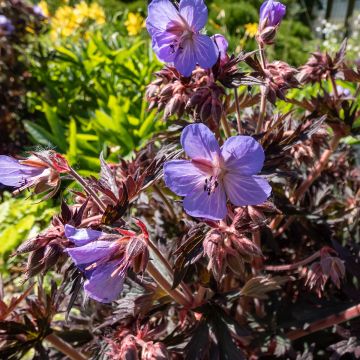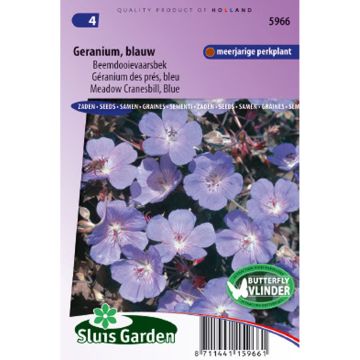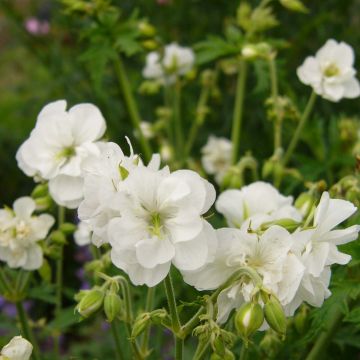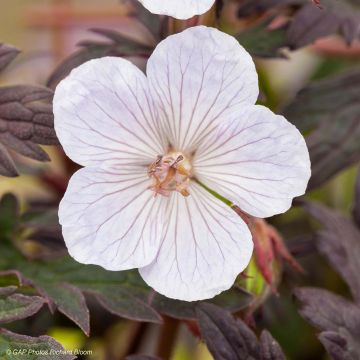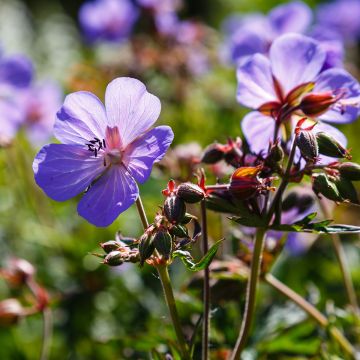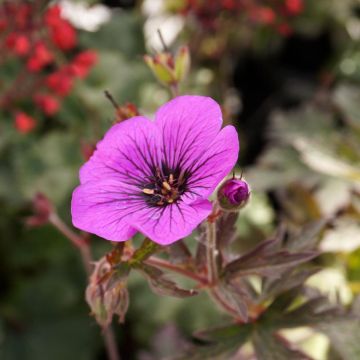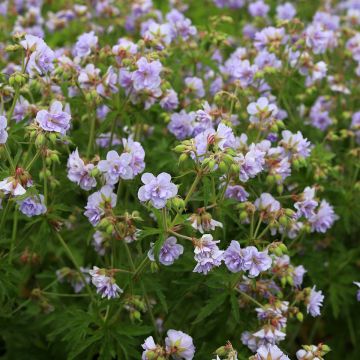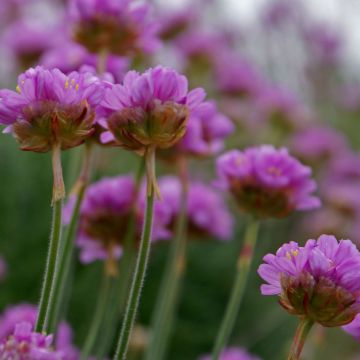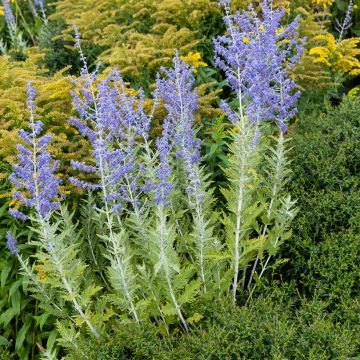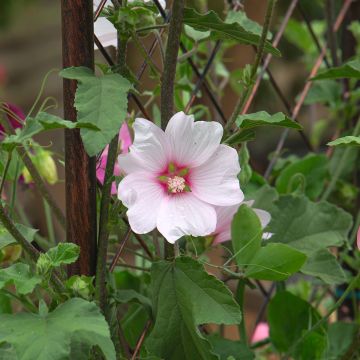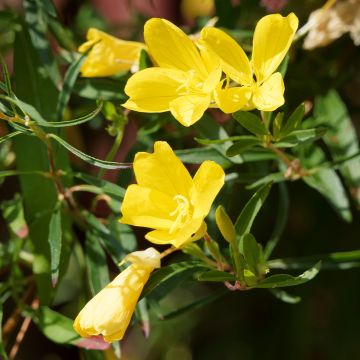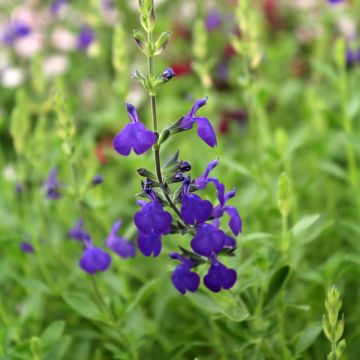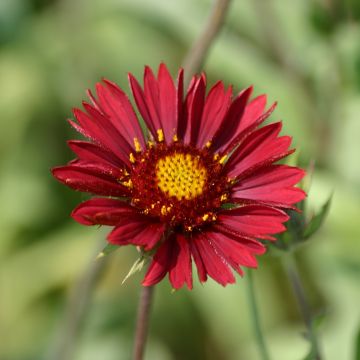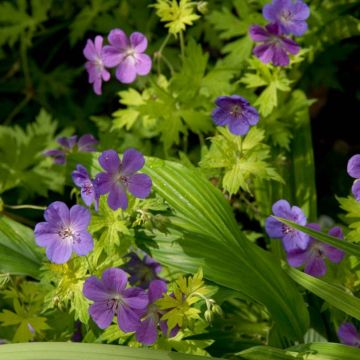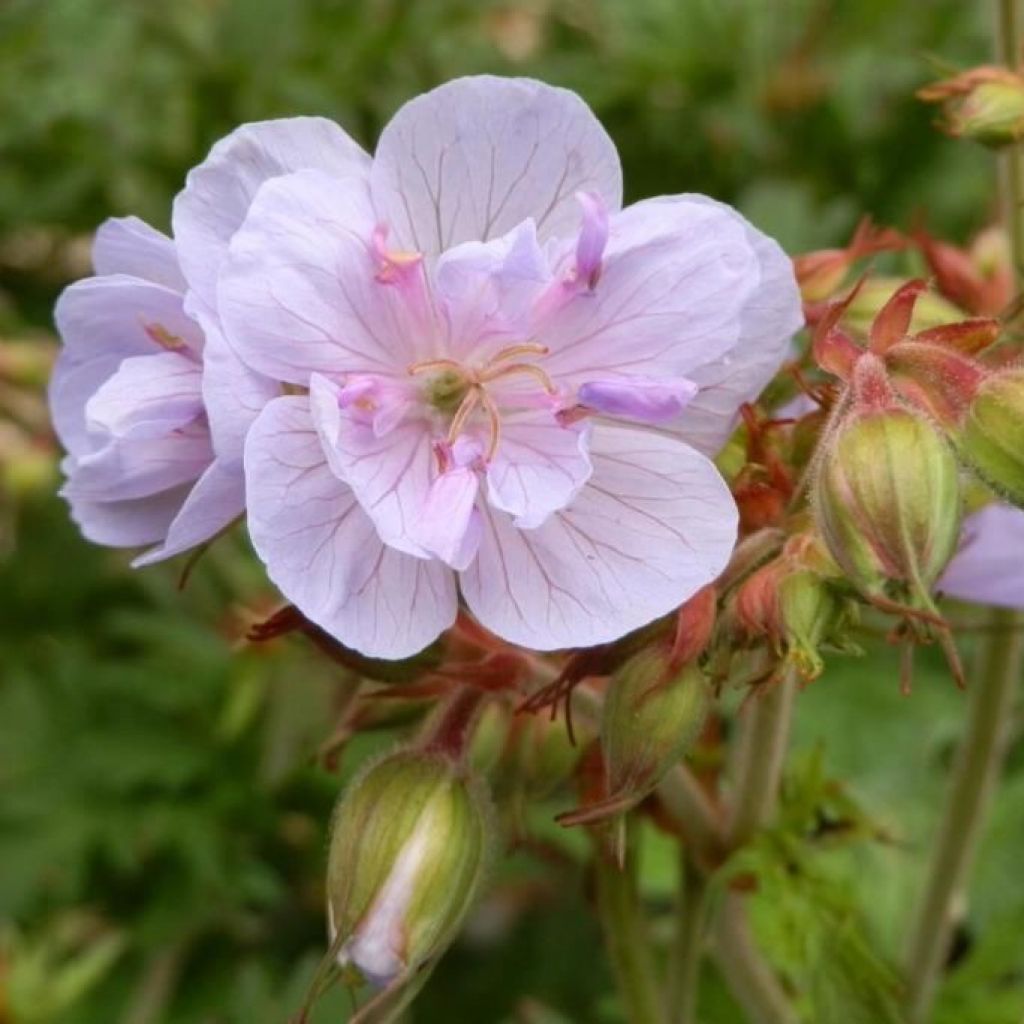

Geranium pratense Else Lacey
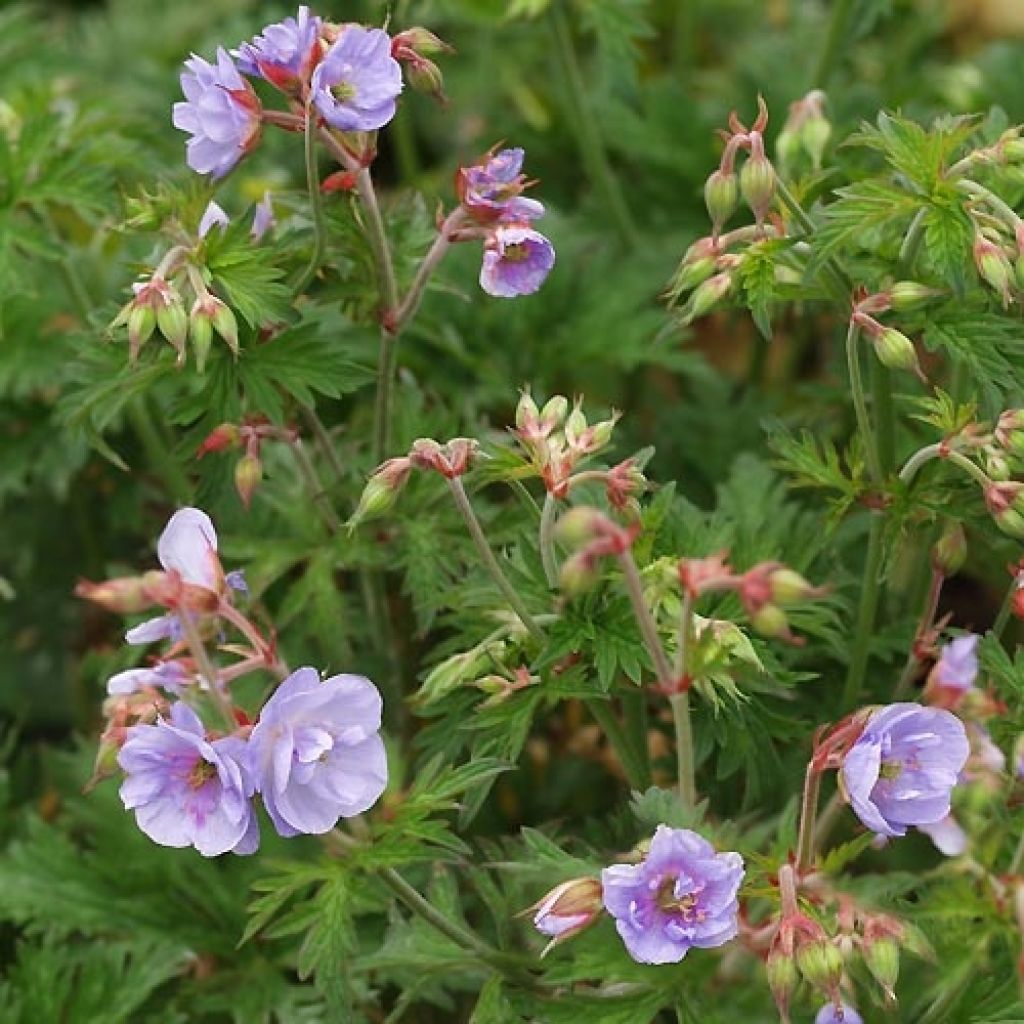

Geranium pratense Else Lacey
Geranium pratense Else Lacey
Geranium pratense Else Lacey
Meadow Cranesbill, Meadow Geranium
This item cannot be shipped to the selected country
Delivery charge from €6.90
Delivery charge from €6.90
More information
Delivery charge from €6.90
Delivery charge from €6.90
More information
Schedule delivery date,
and select date in basket
This plant carries a 12 months recovery warranty
More information
We guarantee the quality of our plants for a full growing cycle, and will replace at our expense any plant that fails to recover under normal climatic and planting conditions.
From €7.90 for pickup delivery and €6.90 for home delivery
Express home delivery from €8.90.
From €7.90 for pickup delivery and €6.90 for home delivery
Express home delivery from €8.90.
Does this plant fit my garden?
Set up your Plantfit profile →
Description
Geranium pratense 'Else Lacey' is a perennial geranium with delicate pale mauve double flowers throughout the summer. It forms an upright and robust clump with finely cut leaves, a bit wild, which perfectly brightens up cottage garden flowerbeds and meadows. Suitable for alkaline, not too poor soils, it appreciates the sun (where it will flower more than in partial shade).
The meadow cranesbill 'Else Lacey' belongs to the Geraniaceae family, which includes well-known gardeners' favourites such as Pelargoniums to decorate balconies, or Erodiums for rockeries. But it is the Geranium genus that offers the widest range for various situations in the garden. Meadow cranesbill is native to a large part of Eurasia, from France to Siberia. It prefers sunny limestone meadows and slopes. It is not uncommon to come across it along country paths where verges are only mowed once or twice a year. The plant forms a rather loose clump, with deeply dissected leaves, reaching about 40 to 50 cm (16 to 20in) in all directions. During flowering, between June and September, the stems sometimes rise up to 80 cm (32in). The foliage often turns orange-red in autumn.
The 'Else Lacey' variety is characterised by pale mauve-lilac double or semi-double flowers, with a darker violet-mauve centre. It reaches about 60 cm (24in) in height and 40 cm (16in) in width. As with many double flowers, self-seeding is quite limited with this variety.
Rugged and undemanding, Geranium pratense 'Else Lacey' will easily earn its place in the garden, especially in flowerbeds with a romantic and slightly wild atmosphere, where its discreet charm will bring an undeniable touch of lightness. To keep it happy simply choose a well-drained soil, preferably alkaline, that does not dry out too much in summer - though the plant is capable of withstanding dry periods once established. Partial shade is tolerated, but flowering will be less abundant. In midsummer you can remove faded inflorescences to promote a second bloom.
This geranium will be easy to combine with other wildflowers such as columbines, field scabious, or bistort, but also with bulbs, for example 'Purple Sensation' garlic or Galtonia candicans.
Flowering
Foliage
Plant habit
Botanical data
Geranium
pratense
Else Lacey
Geraniaceae
Meadow Cranesbill, Meadow Geranium
Cultivar or hybrid
Other Geranium pratense
View all →Planting and care
In nature, Geranium pratense prefers woodland and hillsides in areas with annual mowing. It prefers a sunny site and a cool, rich, and rather chalky soil. In heavy soil, mix leaf compost with garden soil. In a dry environment it is more susceptible to powdery mildew. It tolerates partial shade well, although it will be less floriferous. After flowering, it is advisable to cut back the stems and leaves to ground level to prevent excessive self-seeding and to encourage new foliage or even a repeat flowering in autumn.
Planting period
Intended location
Care
-
, onOrder confirmed
Reply from on Promesse de fleurs
Similar products
Haven't found what you were looking for?
Hardiness is the lowest winter temperature a plant can endure without suffering serious damage or even dying. However, hardiness is affected by location (a sheltered area, such as a patio), protection (winter cover) and soil type (hardiness is improved by well-drained soil).

Photo Sharing Terms & Conditions
In order to encourage gardeners to interact and share their experiences, Promesse de fleurs offers various media enabling content to be uploaded onto its Site - in particular via the ‘Photo sharing’ module.
The User agrees to refrain from:
- Posting any content that is illegal, prejudicial, insulting, racist, inciteful to hatred, revisionist, contrary to public decency, that infringes on privacy or on the privacy rights of third parties, in particular the publicity rights of persons and goods, intellectual property rights, or the right to privacy.
- Submitting content on behalf of a third party;
- Impersonate the identity of a third party and/or publish any personal information about a third party;
In general, the User undertakes to refrain from any unethical behaviour.
All Content (in particular text, comments, files, images, photos, videos, creative works, etc.), which may be subject to property or intellectual property rights, image or other private rights, shall remain the property of the User, subject to the limited rights granted by the terms of the licence granted by Promesse de fleurs as stated below. Users are at liberty to publish or not to publish such Content on the Site, notably via the ‘Photo Sharing’ facility, and accept that this Content shall be made public and freely accessible, notably on the Internet.
Users further acknowledge, undertake to have ,and guarantee that they hold all necessary rights and permissions to publish such material on the Site, in particular with regard to the legislation in force pertaining to any privacy, property, intellectual property, image, or contractual rights, or rights of any other nature. By publishing such Content on the Site, Users acknowledge accepting full liability as publishers of the Content within the meaning of the law, and grant Promesse de fleurs, free of charge, an inclusive, worldwide licence for the said Content for the entire duration of its publication, including all reproduction, representation, up/downloading, displaying, performing, transmission, and storage rights.
Users also grant permission for their name to be linked to the Content and accept that this link may not always be made available.
By engaging in posting material, Users consent to their Content becoming automatically accessible on the Internet, in particular on other sites and/or blogs and/or web pages of the Promesse de fleurs site, including in particular social pages and the Promesse de fleurs catalogue.
Users may secure the removal of entrusted content free of charge by issuing a simple request via our contact form.

































